Catalytic oxidation
Flue gas/exhaust air purification
Catalytic oxidation
With catalytic oxidation, the oxidation of hydrocarbons, for example, does not take place by combustion at temperatures above 720 °C, unlike with purely thermal processes. A catalyst is used to lower the conversion temperature of the pollutants, which offers advantages over thermal processes in some applications.
The limitation is, of course, that the pollutants do not contain any catalyst poisons and are not expected to do so in the future. Catalyst poisons can cause the catalyst to lose activity in a short time, which will affect the clean gas values.
Catalytic oxidation systems are used either electrically, with natural gas or liquid gas as a heat source. To reduce the primary energy requirement, a heat exchanger is installed in the systems, which preheats the raw gas using the clean gas.
If there is still sufficient energy in the clean gas after the heat exchanger, it is advisable to install secondary heat recovery, which cools the clean gas further and recovers energy that can be used elsewhere in the production process.
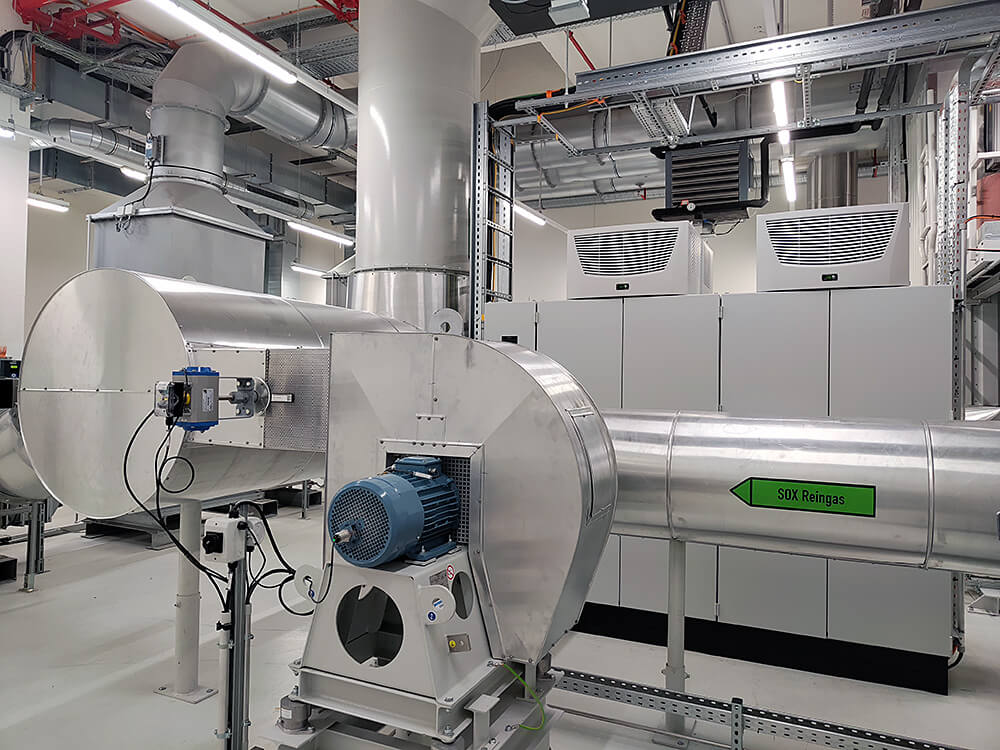
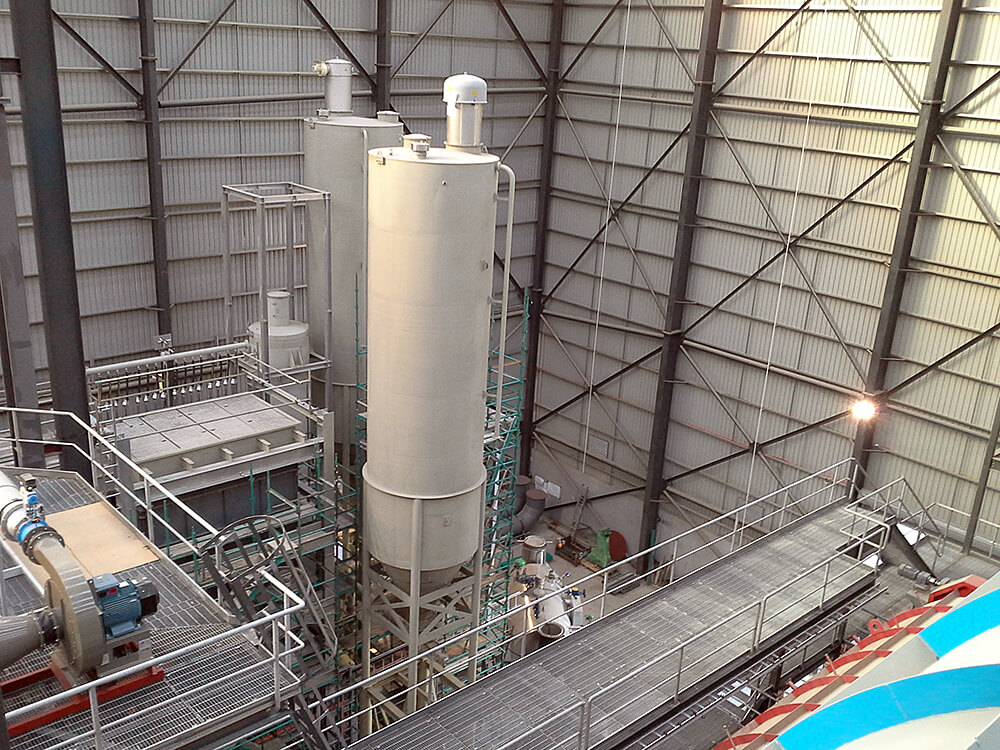
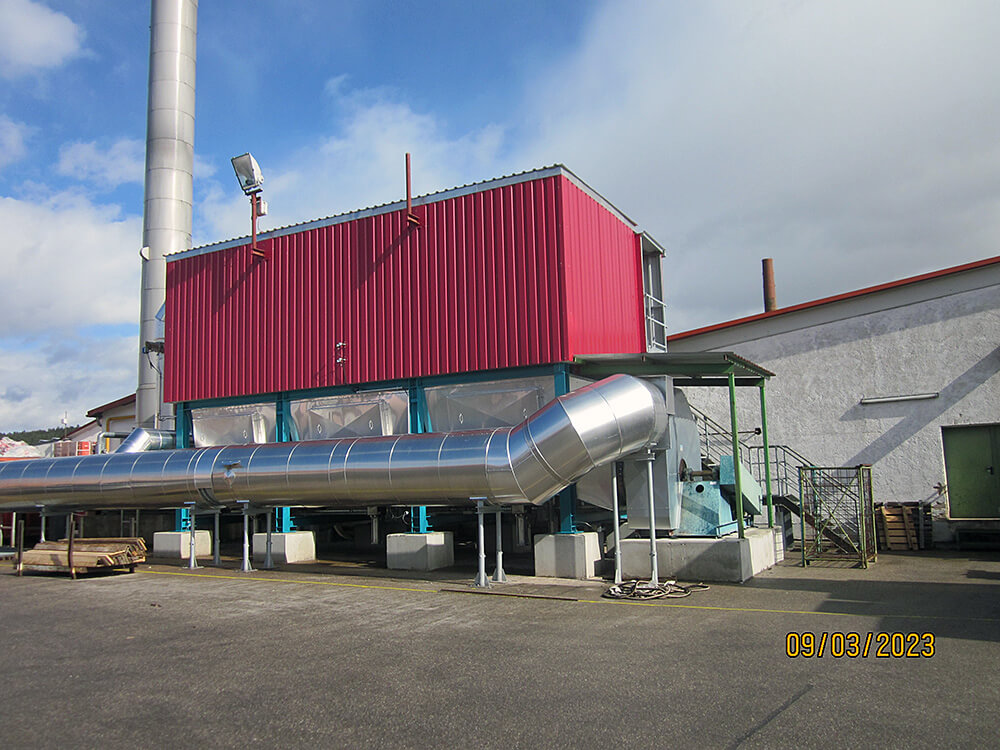
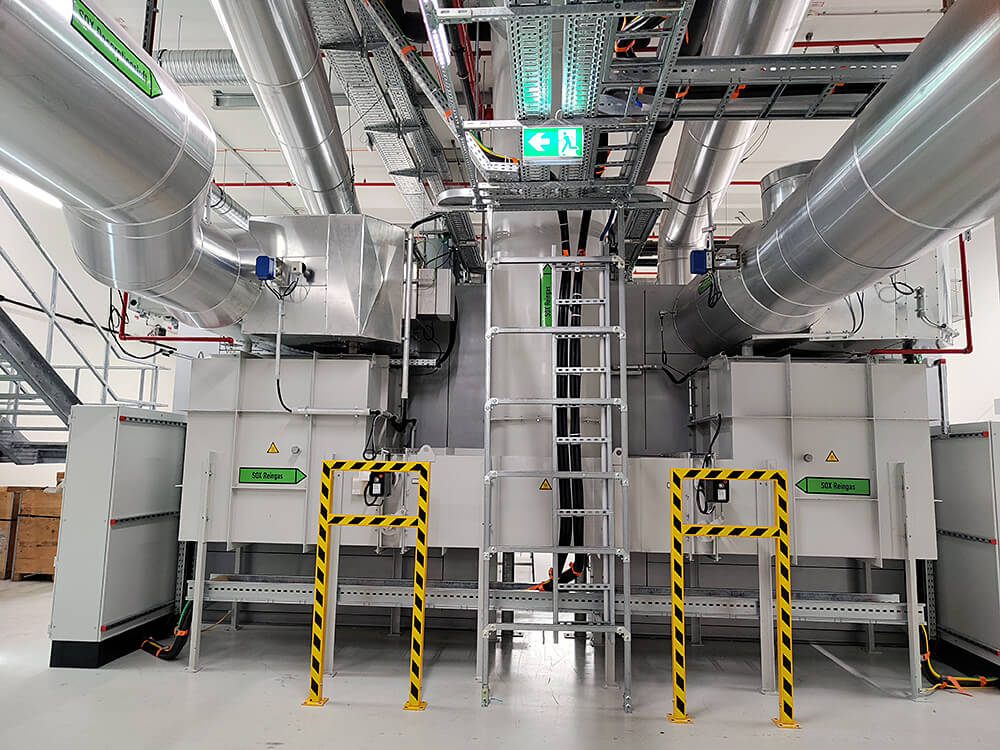
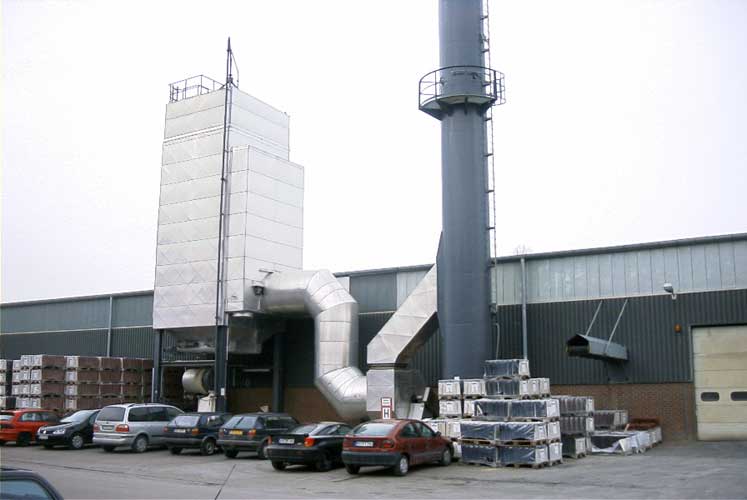
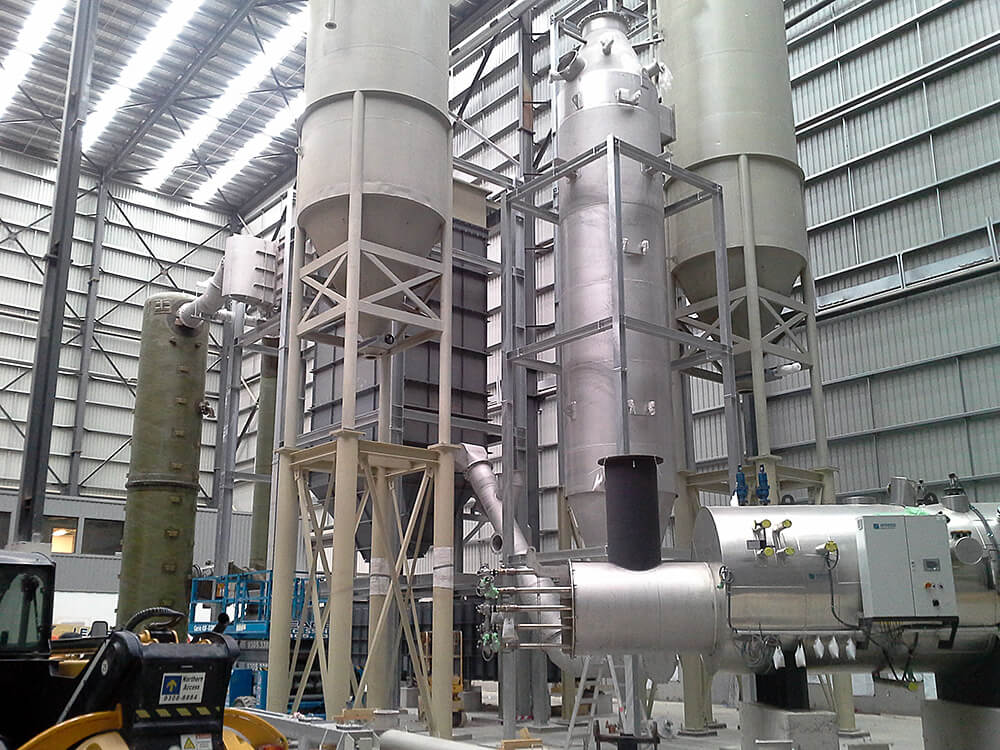
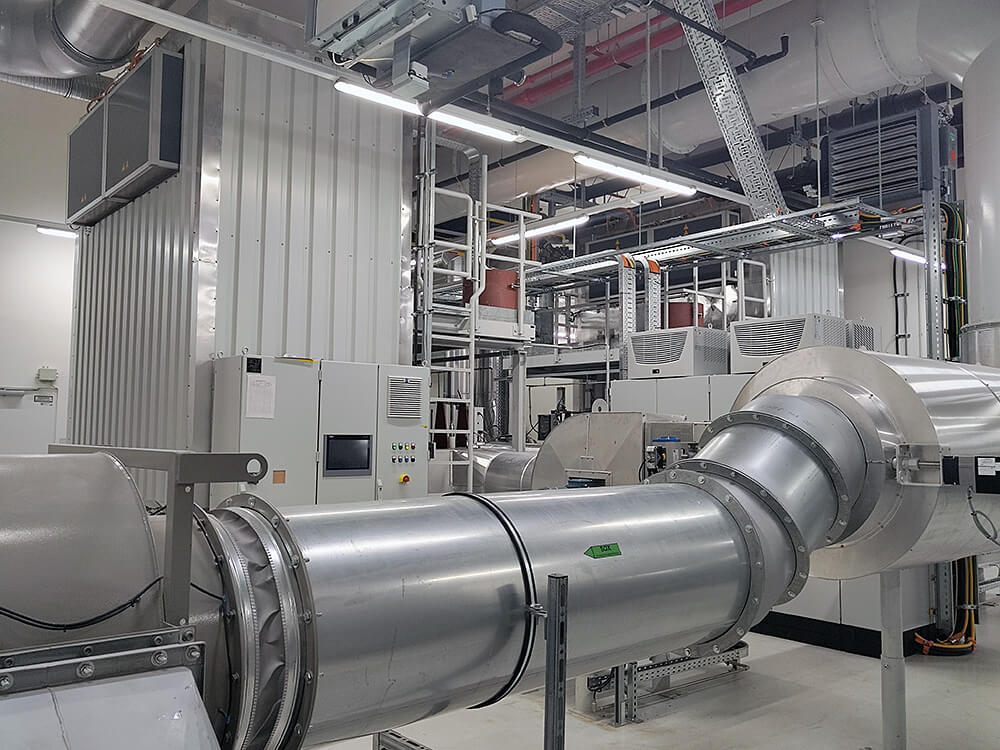
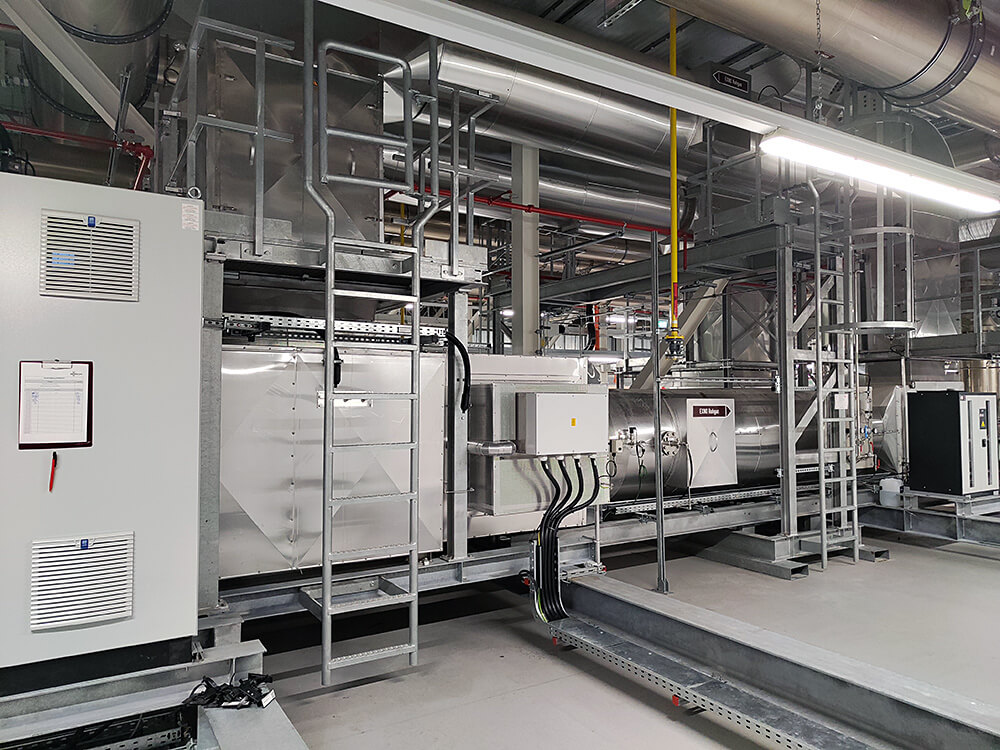
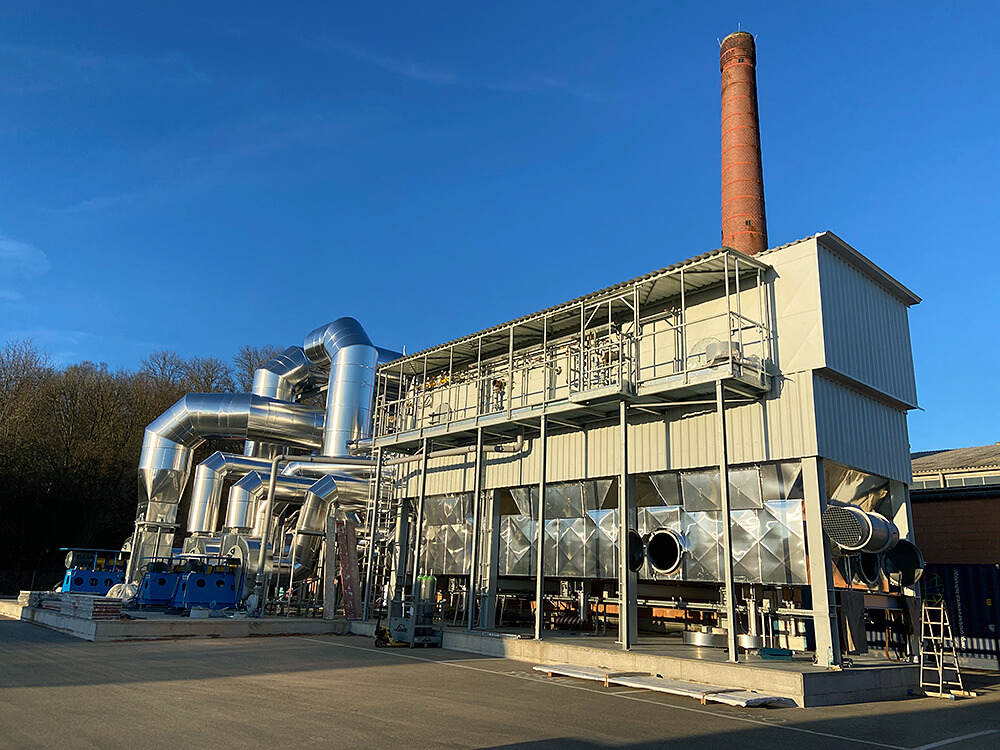
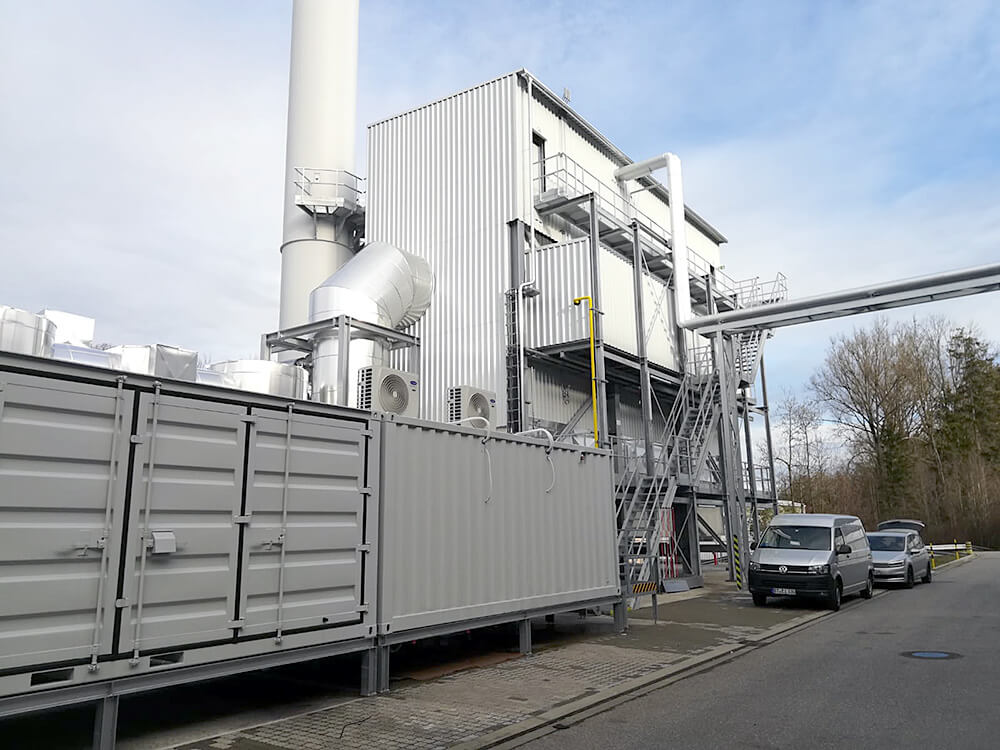
Contact
